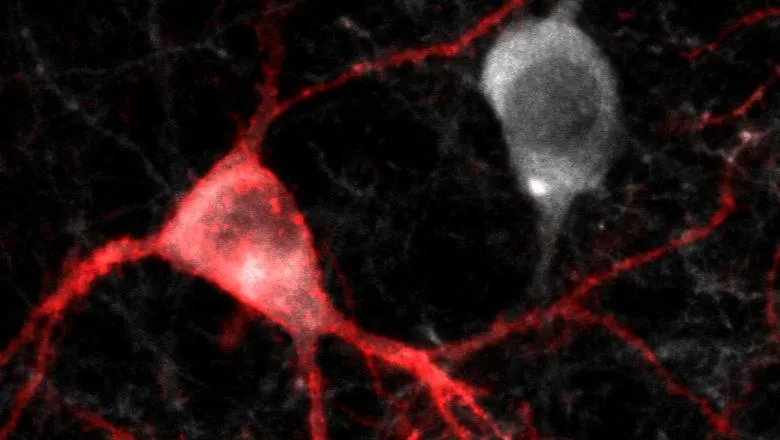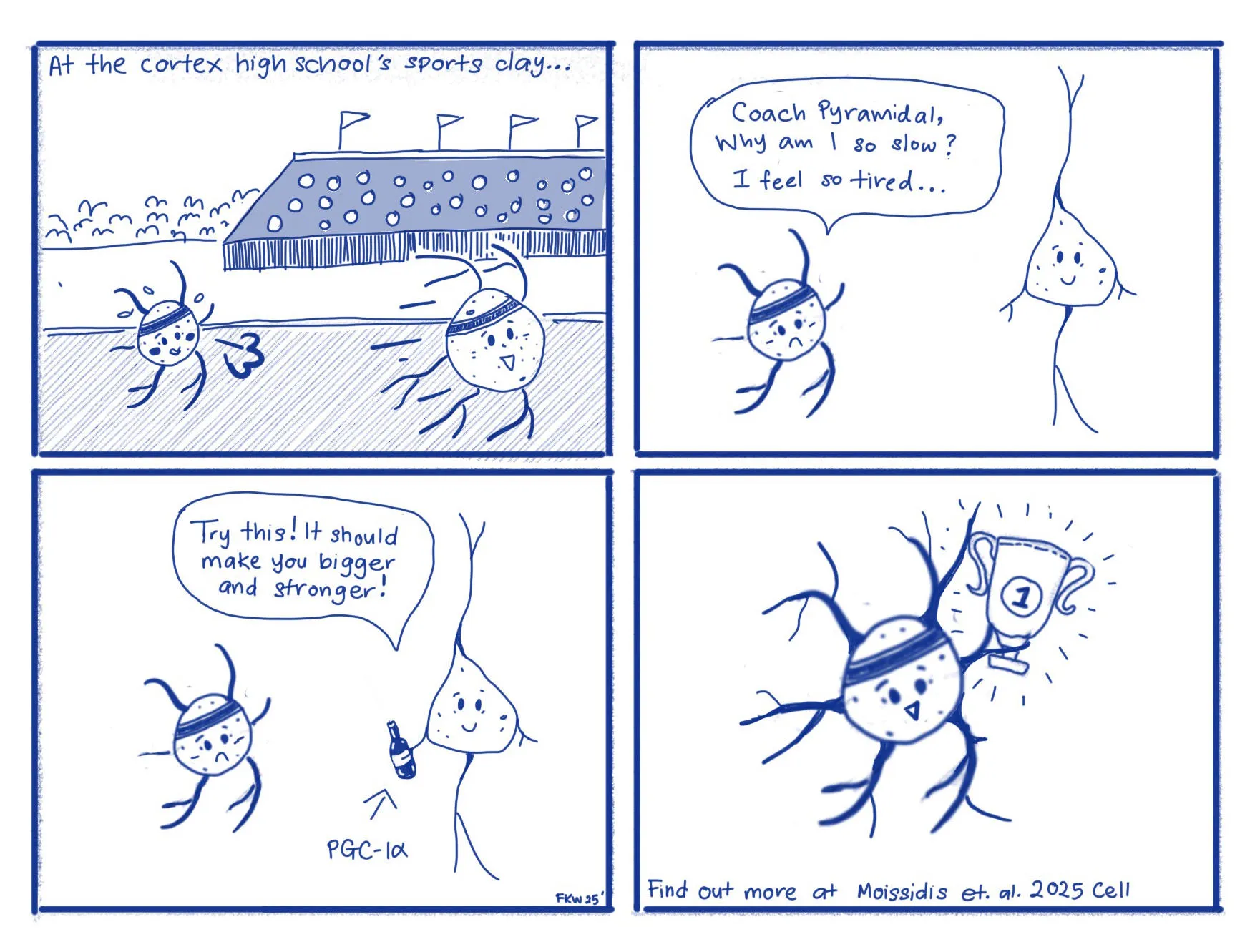“The mammalian brain isn’t born fully formed. While the component parts of the brain's circuitry all exist at the point of birth, it takes time for them to be connected and “switched on”.
Dr Monika Moissidis, a postdoctoral researcher and the study's leading author
16 July 2025
"Molecular switch” in the brain may explain why toddlers are uncoordinated
New research from the Institute of Psychiatry, Psychology & Neuroscience (IoPPN) at King’s College London has established the molecular mechanism that drives interneurons in the cerebral cortex to mature. It provides an important step forward in our understanding of how cortical circuits develop and on the mechanisms behind neurodevelopmental disorders, where certain interneurons have been impaired.

The research, conducted by scientists in the Marín Lab and published in Cell, reports a previously missing link that might provide an explanation for a lot of the uncoordinated behaviours in toddlers.
The cerebral cortex, which is responsible for several key functions in mammals such as motor skills, sensory processing, and language, relies upon a vast diversity of neurons to function properly. While these cells are produced during embryonic development, they only acquire their mature properties postnatally. Importantly, their maturation is necessary for the maturation of cortical function.
Researchers in this study wanted to identify the molecular mechanisms by which specific neurons - fast-spiking parvalbumin-expressing (PV+) interneurons - matured. Using several approaches to manipulate neural activity in mice brains, they were able to demonstrate that PGC-1α - a protein responsible for gene expression - activates the maturation process by reading cues provided by neural activity and triggering the expression of a transcriptional programme specific to PV+ interneurons.
Dr Monika Moissidis, a postdoctoral researcher and the study's leading author said, “Our study sheds light on how a specific set of interneurons develop. We were able to demonstrate that activity in the brain is both necessary and sufficient to trigger the expression of PV and the formation of perineuronal nets, hallmarks of mature PV+ cells, and that this process is mediated by PGC-1α.
“In mouse brains, this maturation process takes weeks, but in humans it can take years. This may go some way to explain why toddlers remain so uncoordinated for such a long time.”
Perineuronal nets are specialised extracellular matrix structures found around certain neurons in the central nervous system.
Further study demonstrated that overexpression of PGC-1α accelerated maturation. Conversely, a lack of expression had significant impacts on the structural and functional features of PV+ interneurons, providing a potential basis for the development of neurodevelopmental conditions.
Professor Oscar Marín, Director at Centre for Developmental Neurobiology at King’s IoPPN and the study’s senior author said, “Our findings provide crucial insights into the extended developmental timeline of the human cerebral cortex, where inhibitory neurons don't fully mature until well into postnatal life.
“The identification of this molecular switch helps explain why disruptions during this vulnerable period could contribute to neurodevelopmental disorders like autism and schizophrenia, which are increasingly linked to parvalbumin interneuron dysfunction. Understanding how neural activity regulates interneuron maturation opens new avenues for potential therapeutic interventions targeting these developmental windows.”
This work was supported by a grant from the Wellcome Trust.

A postnatal molecular switch drives activity-dependent maturation of parvalbumin Interneurons (Moissidis, Marin et al) was published in Cell.
For more information, please contact Patrick O’Brien (Media Manager)

